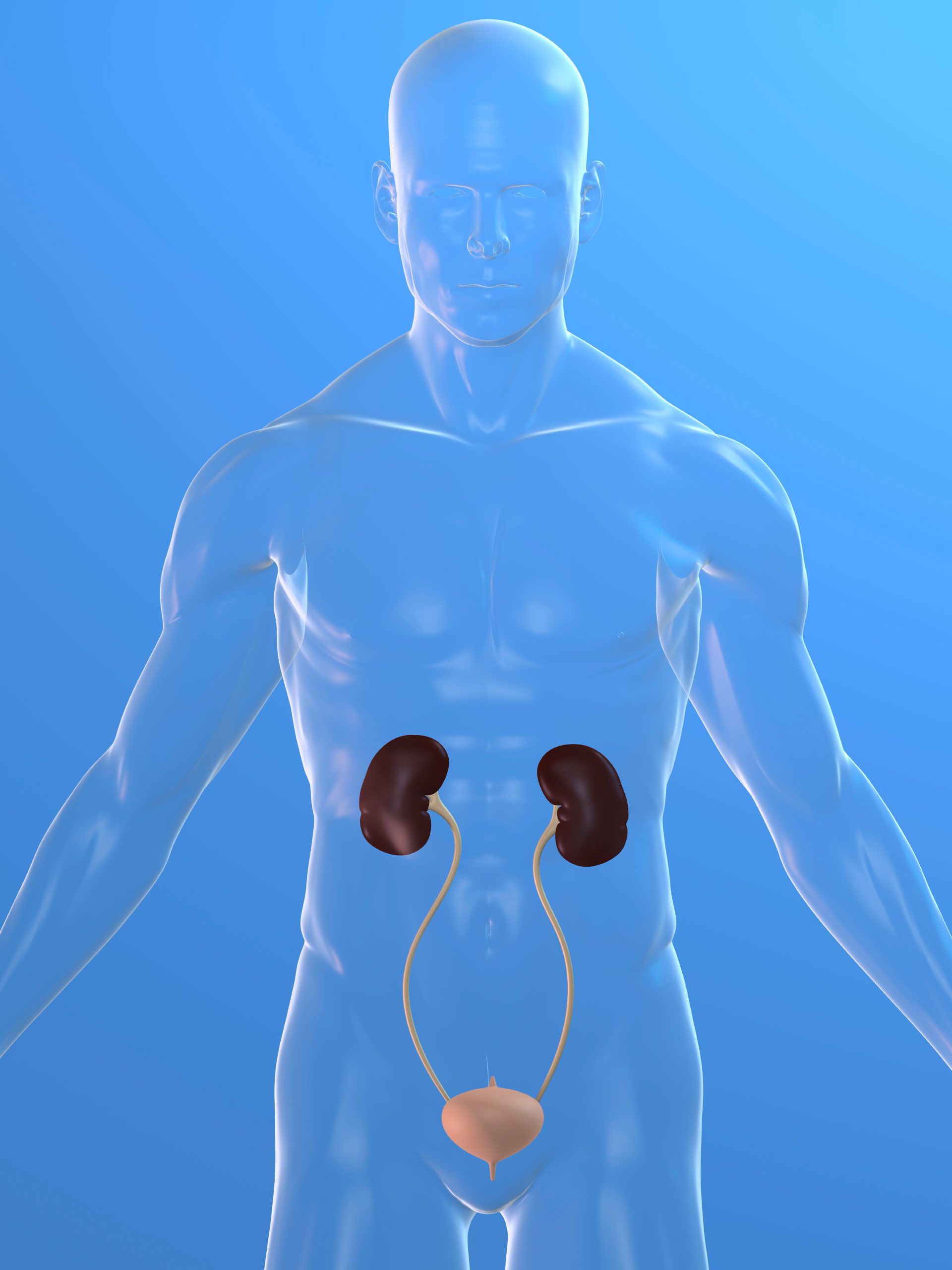

Graft-versus-tumour happens when white blood cells from your donor (the graft) attack any cancer cells that remain in your body (the tumor) after high-dose therapy. This is because of an effect called graft-versus-tumor that can occur after allogeneic transplantation. However, in multiple myeloma and some leukemia forms, a stem cell transplant can work directly against cancer. Instead, after being injected with very high levels of radiation therapy, chemotherapy, or both, they help you recover the ability to produce stem cells. Stem cell transplants do not typically work directly against cancer. How Stem Cell Technologies for Cancer Treatment work? To minimize potential side effects and improve the chances that an allogeneic transplant would succeed, the donor’s blood-forming stem cells must match yours in certain ways. Syngeneic, which means that the stem cells come from your identical twin if you have one.The donor may be a blood relative, but it may also be someone who is not related Allogeneic, which means that the stem cells come from someone else.Autologous, which means that the stem cells come from you, the patient.The blood-forming stem cells used for transplant can originate from the bone marrow, bloodstream, or umbilical cord. Once they enter the bloodstream, the stem cells travel to the bone marrow, replacing the cells that have been destroyed by treatment. You can receive healthy blood-forming stem cells by a needle in your vein in a stem cell transplant. You need to keep all three types of blood cells healthy Types of Stem Cell Transplants

Red blood cells carry oxygen throughout the body.White blood cells are part of your immune system and help your body fighting infection.The main forms of cells in the blood are: Stem cell transplant is a technique for restoring blood-forming stem cells in patients that have been destroyed by very high doses of chemotherapy or radiation treatment used to treat certain cancers.īlood-forming stem cells are important because they become various types of blood cells. They also allow the body to recover faster from intensive chemotherapy and radiation treatment.įor others, this could be the best-or only-approach. These Stem Cell Technologies for cancer are helping to replace damaged cells. You will require a stem cell transplant if you have leukemia or lymphoma.


 0 kommentar(er)
0 kommentar(er)
